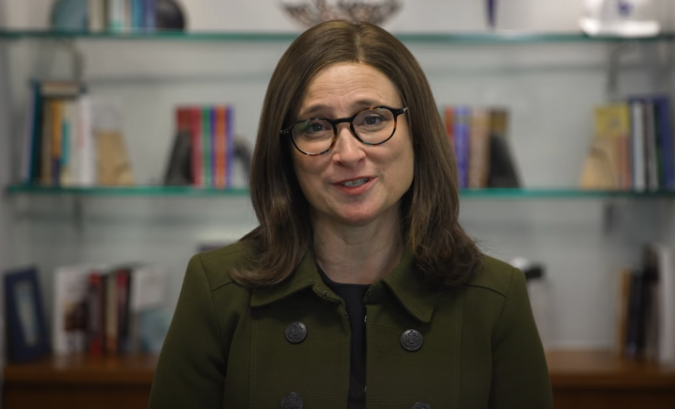Rabbi Jonathan Sacks, z/l: Pekudei Encampments & Journeys
Rabbi Sacks teaches that the creation of the Sanctuary represents a human parallel to the Creation of the universe. The Torah devotes more detail to the construction of the Sanctuary than to anything else, implying that the Israelites were obeying God’s instructions instead of making their own. “The Holy” is where we meet God on His terms, not on our own.










